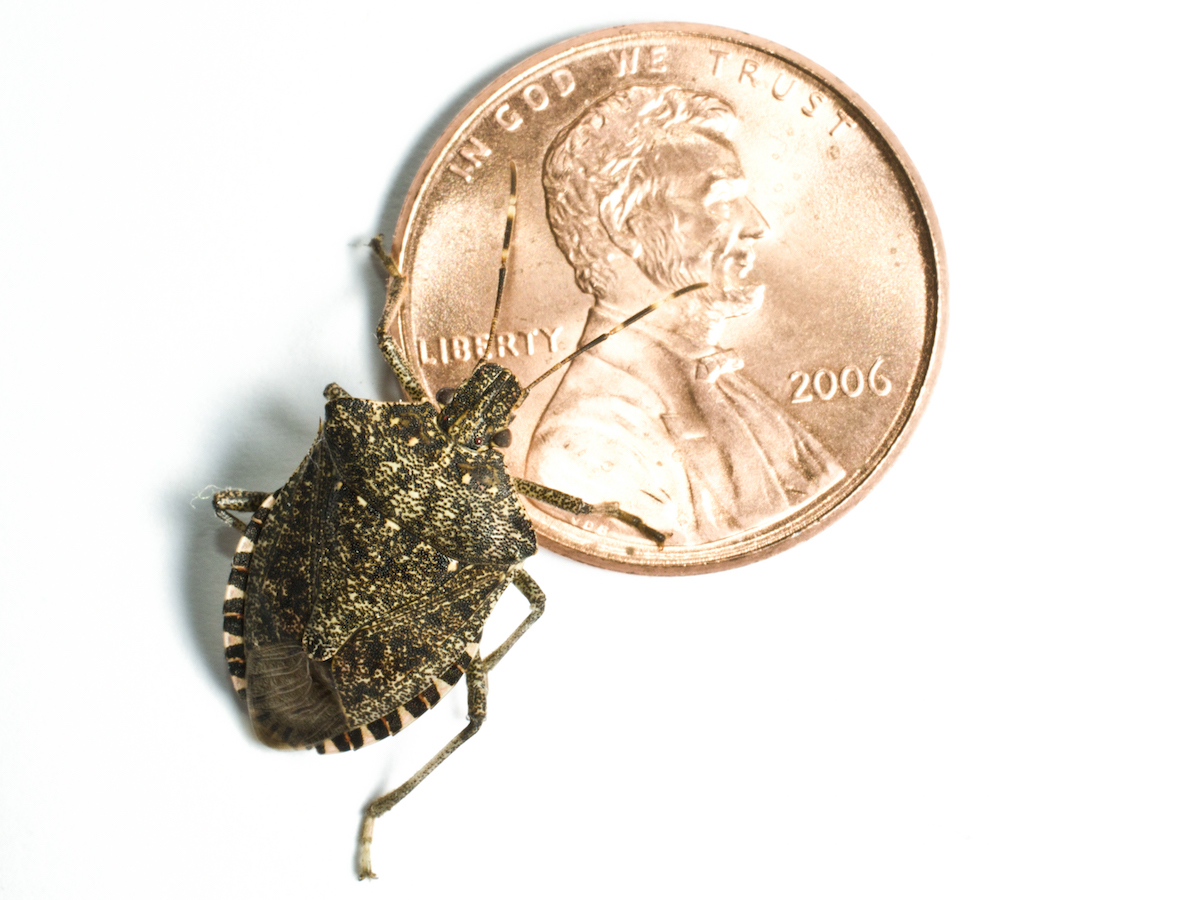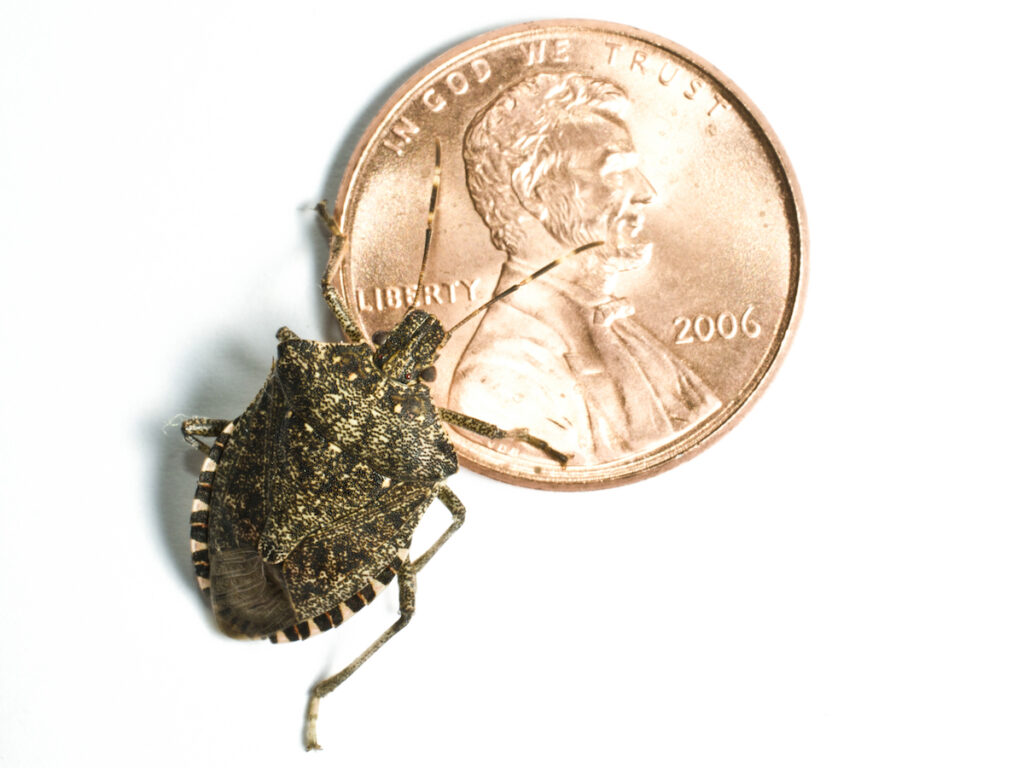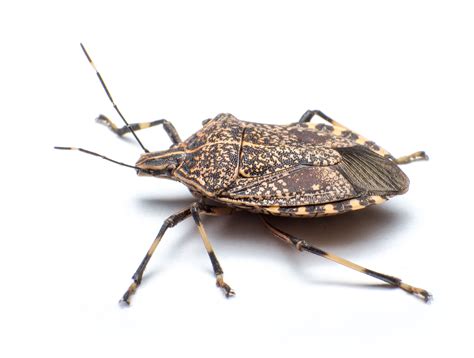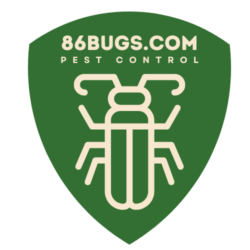A stinkbug (often referred to as the brown marmorated stink bug, Halyomorpha halys) is a small, shield-shaped insect typically measuring about 1.5 cm to 2 cm in length. It has a brown, mottled body with a flat back and distinct, angular edges, and it often has a slightly greenish or reddish tint. When threatened, stinkbugs emit a strong, unpleasant odor from glands located on their abdomen as a defense mechanism.
Where Stinkbugs Hide in a House
Stinkbugs typically seek shelter in the warmer months, particularly in the fall as the weather turns cooler. They are known to invade homes in search of a warm place to overwinter. Common hiding spots inside the house include:
- Windowsills and door frames (around cracks and crevices)
- Attics, basements, or crawlspaces
- Behind curtains or blinds
- In wall voids or spaces behind insulation and drywall
- Under furniture, particularly in corners or near heat sources
- Electrical outlets or light fixtures
- Closets or areas with little human activity
They tend to gravitate toward sunny areas during the day, so south-facing walls or windows are often popular entry points.
How to Eliminate a Stinkbug Problem
- Seal Entry Points:
- Inspect your home thoroughly for cracks and gaps around windows, doors, vents, and foundation. Use caulk, weatherstripping, or spray foam to seal any gaps, especially around windows and doors.
- Make sure screens are intact on windows and doors to prevent stinkbugs from entering.
- Physical Removal:
- Use a vacuum cleaner to remove stinkbugs, but be sure to empty the vacuum immediately afterward to avoid the smell lingering. If using a shop vac, consider attaching a cloth or mesh bag inside to catch the bugs and prevent odor.
- Alternatively, carefully capture them in a container and release them outside, but be aware of their strong scent if disturbed.
- Use Natural Repellents:
- Essential oils like neem, peppermint, or eucalyptus oil can be mixed with water and sprayed around windows and doors to deter stinkbugs.
- Diatomaceous earth (food grade) sprinkled around the perimeter of your home can help reduce stinkbug populations.
- Insecticidal Soap or Pesticides:
- If the infestation is large, consider using insecticidal soap or a pesticide labeled for stinkbugs. Apply it to cracks, crevices, and other hiding spots, but follow all manufacturer instructions and ensure it is safe for indoor use.
- Outdoor Prevention:
- Trim vegetation close to your house, as stinkbugs often shelter in trees, shrubs, or tall grasses.
- If you find stinkbugs clustering outside, gently knock them down with a broom or brush and relocate them away from your house.
- Consider Professional Help:
- If the stinkbug problem becomes overwhelming, or if you’re having difficulty locating all entry points, it might be time to consult 86bugs pest control professionals for more aggressive treatment.
By taking these preventative measures and dealing with the issue promptly, you can reduce the chances of stinkbugs invading your home each year. Remember, cats LOVE to play with them!






